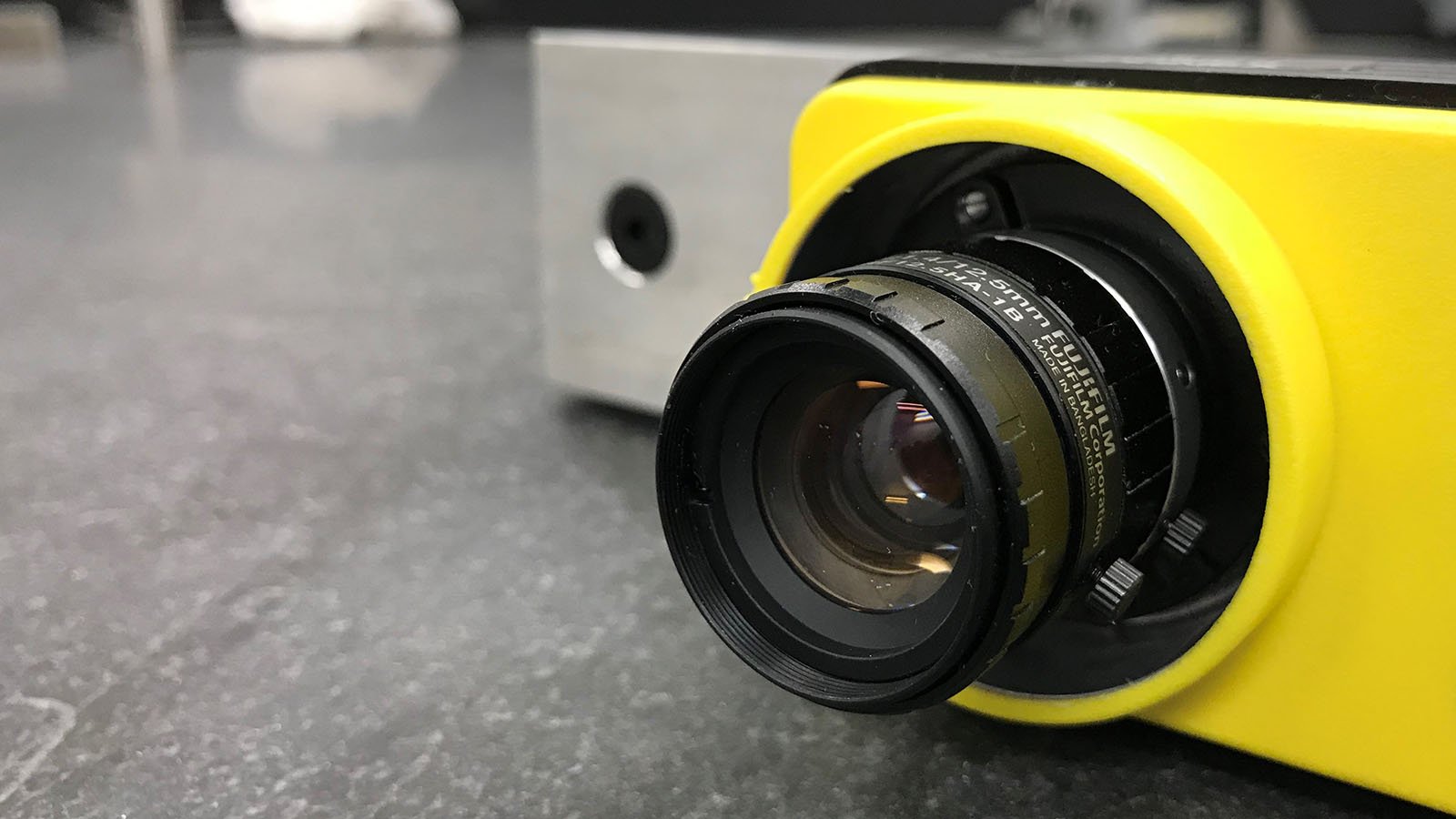There’s certainly no lack of technological advances in the plastics industry both for the consumer and for the manufacturer. There’s now a countless number of engineered plastics to help solve the challenges of today’s advancing world. Couple ever-advancing plastics with more complicated part designs and the need to invest in high precision injection molding equipment, robotics, and quality systems becomes apparent.
The Machines & Support Equipment
Fully electric molding machines are nothing new to the industry and still represent a minority of the total molding machine market. When they came on the scene, it was a jump in technology but came at a price. Fast forward to today, and the costs of fully electric are down (relative), and at the same time, hydraulics are just as advanced. The debate as to what machines are “best” could go on for hours. The point is that whether a manufacturer has a hydraulic, fully electric, or hybrid, the technology available is on par with the challenges of material and part design.
Even auxiliary equipment has seen major jumps in technology. For example, drying resin is not just “set the temperature and forget about it.” Materials can be over dried, and how do you even know a material is dry? Well, there’s some equipment for that too. From cooling systems to material handling, the technology is advancing. In some cases, it’s just a “neat” feature to add to a simple process but other times completely necessary to meet the increasing quality standards customers demand.
Robotics
When we think about robots, we often think about some humanoid walking around with the rest of society. This is certainly the poster child of robotics, but it is not the workhorse of industry. Robots come in all shapes in sizes, but for the typical injection molder a simple 3-axis robot mounted to the top of their molding machine is the go-to.
The return on investment for the molder is apparent in that the robot is universal across different jobs, parts can be separated, and sprues can be ground. Couple that simple 3-axis robot with additional robotics, machine vision, advanced tooling, assembly, and you end up wondering how things could ever be done by humans. That’s all great for the molder, but why does the customer care?
-
Parts are handled delicately and are not subject to falling down a metal chute or hitting each other
-
The mold is protected from jammed or hanging parts
-
Parts stay clean and are not at risk of falling against the dirty parts of the molding machine
-
Parts can be 100% inspected by vision systems
-
Secondary operations like packaging can be completed without the added labor cost.
-
Robots can automatically quarantine potentially bad parts and alert the operator. Potentially bad parts can even be predicted by the molding machine and automatically handled by the robot.
Machine Vision Inspection
Having great molding machines and robotics to re-focus labor into more important tasks is great for manufacturers and employees. However, often overlooked with added automation are the small details (with huge implications) of human intervention.
Remember that person that used to sit at the molding machine to separate parts and sprues? Chances are you were getting a great inspection out of your operator and she was able to address any quality issues. Adding the robotics technology to displace the labor just added another, sometimes overlooked, challenge of part inspections. What’s the solution?
Great tool design, preventative maintenance of tooling and equipment, and a proven quality system is the first line of defense and should never be replaced. However, there always seems to be the lurking “What if” scenarios that keep managers and stakeholders up at night. All the great technology both in the tooling and in the molding machine can only take quality so far.
How do I check hundreds of thousands of parts for potential quality issues? The answer is one at time (or maybe a group) every few milliseconds, day in and day out. Modern vision systems are for the most part easy to deploy and program. Even better is when they are integrated into the injection molding cycle via robotics. We can then address an issue immediately, not after an hour or a day of running potentially bad parts. This is truly a powerful technology.
So how does all this technology really fit in for injection molders? The answer really comes down to the customer and the parts. If your making plastic storage containers for industrials, you may not be expecting your injection molder to be applying an integrated machine vision system. However, if you manufacturing a system with a plastic clip where a failure can have huge implications on your business, you should be making sure you molder has the right systems in place to ensure that doesn’t happen.


